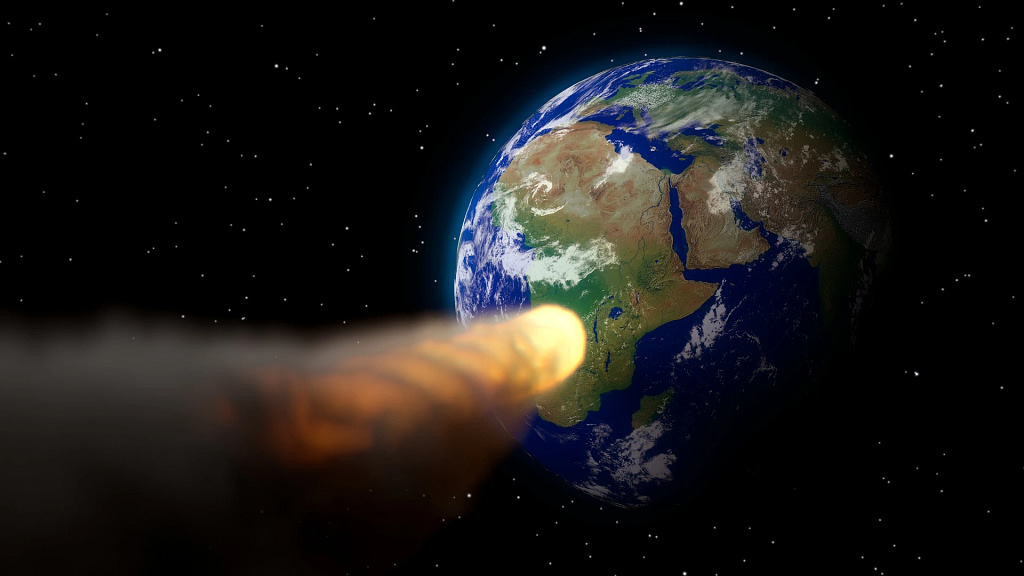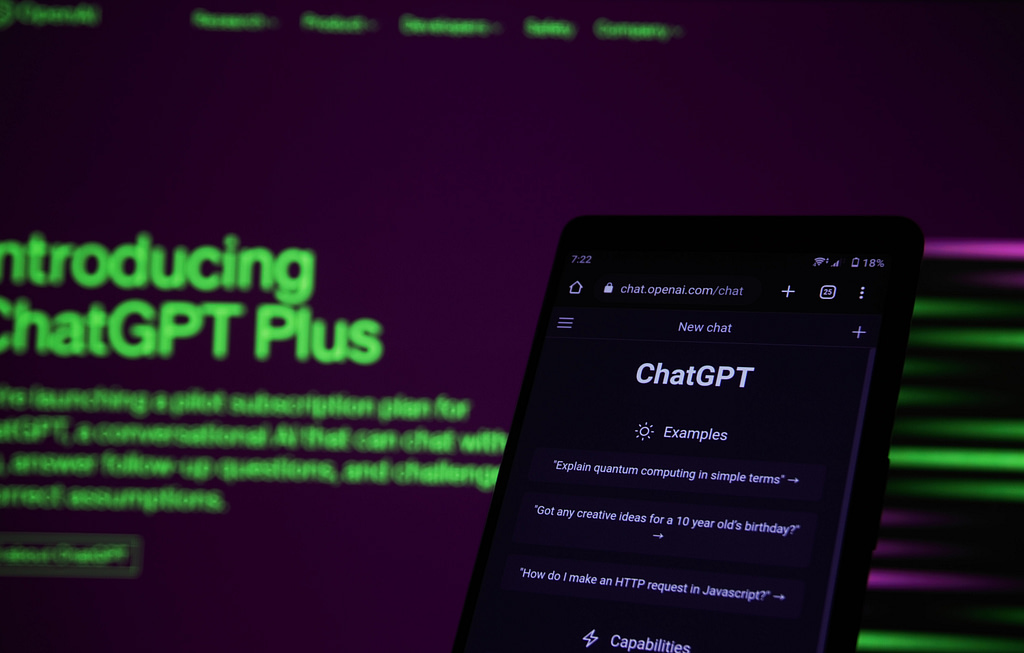The Vera Rubin Observatory in Chile’s HelioLinc3D asteroid discovery algorithm has discovered its first possibly dangerous asteroid headed for Earth.
In the realm of planetary defense, a groundbreaking transformation has taken place with the emergence of an AI algorithm known as Heliolinc3D. This remarkable algorithm has ushered in a new era of asteroid detection, leveraging the power of artificial intelligence to safeguard our planet from potential celestial threats. This article delves into the revolutionary impact of Heliolink 3D, its operational mechanisms, and the implications it holds for the future of planetary defense.
AI-Powered Asteroid Detection
Heliolinc3D represents a paradigm shift in asteroid detection by harnessing the capabilities of artificial intelligence. Unlike conventional methods that rely on human analysis, Heliolinc3D employs cutting-edge algorithms to scrutinize vast amounts of visual data collected from asteroid surveys. By doing so, it identifies celestial objects that could pose a potential hazard to Earth.
Overcoming Traditional Limitations
One of the significant limitations of traditional asteroid detection methods is the challenge of identifying fast-moving asteroids. These elusive objects often escape detection due to their rapid trajectories, putting Earth at risk. Heliolinc3D effectively addresses this issue by processing data with remarkable efficiency. Through its advanced algorithms, it spots near-Earth objects that might otherwise remain unnoticed.
Atlas Network’s Contribution
Heliolinc3D’s success is underpinned by the groundwork laid by the Atlas Network—an initiative funded by NASA and headquartered at the University of Hawaii. This network capitalizes on ground-based telescopes situated across diverse global locations. These telescopes focus on capturing images of specific sections of the sky, enhancing the accuracy of detection by narrowing the search to the cis-lunar space—within 5 million miles of Earth’s orbit.
The Hidden Threats
A defining moment in Heliolinc3D’s journey was its identification of asteroid 2022 SF-289—a sizeable celestial body that posed a potentially hazardous threat. The asteroid’s high-speed movement had eluded human detection, yet Heliolinc3D rose to the challenge. Drawing from years of visual data, the algorithm pieced together the trajectory, shedding light on its ability to complement human efforts in protecting Earth from potential asteroid impacts.
Significance and Future Possibilities
The successful detection of near-Earth asteroids through the aid of AI signifies a momentous stride forward in the realm of planetary defense. Experts in the field have long advocated for heightened support and technological innovation to counter potential space threats. The advent of AI-enhanced detection tools like Heliolinc3D holds the promise of fortifying Earth’s defenses against potential asteroid collisions.
Know about: How Powerful Will Artificial Intelligence Be In 2030: Future of AI
Conclusion
The integration of AI into asteroid detection through the remarkable Heliolinc3D algorithm marks a watershed moment in the field of planetary defense. By conquering the challenges posed by fast-moving celestial bodies, Heliolinc3D stands as a testament to the capacity of artificial intelligence to augment and enhance human efforts in protecting our planet. As we move forward, the continuous evolution of such technology promises to make Earth’s defense network even more robust and adept at averting potential cosmic threats.
FAQ
How does Heliolinc3D differ from traditional asteroid detection methods?
Heliolinc3D employs advanced AI algorithms to analyze extensive visual data, allowing it to identify fast-moving asteroids that conventional methods might miss.
What is the significance of the Atlas Network in asteroid detection?
The Atlas Network, funded by NASA and based at the University of Hawaii, establishes efficient procedures for ground-based telescopes to capture images of specific sky sections, enhancing the accuracy of asteroid detection.
Can Heliolinc3D detect potentially hazardous asteroids?
Yes, Heliolinc3D demonstrated its capability by identifying asteroid 2022 SF-289, showcasing its prowess in identifying potentially hazardous celestial objects.
How does AI-powered asteroid detection impact planetary defense?
AI-powered detection tools like Heliolinc3D represent a significant advancement in planetary defense, augmenting human efforts and enhancing Earth’s ability to guard against asteroid impacts.
What does the future hold for AI-enhanced planetary defense?
The integration of AI in planetary defense opens the door to further technological innovation, potentially leading to even more effective methods of safeguarding Earth from cosmic threats.




